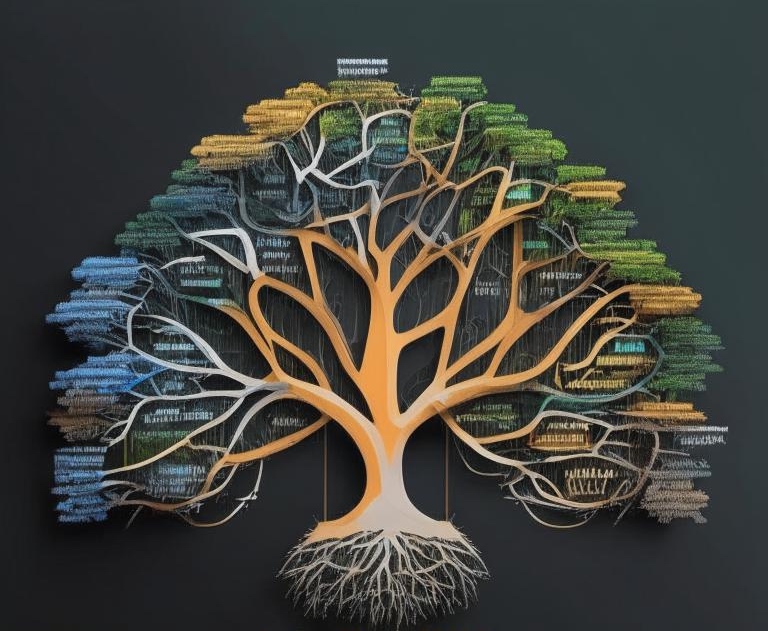Artificial Intelligence
by Oleg Sovetnik
AI Systems and Their Applications
-
ML/AI Development: These systems are designed for creating, training, and deploying machine learning and artificial intelligence models. They are used in fields such as healthcare, finance, marketing, and production to analyze large datasets, make predictions, automate tasks, and optimize processes. Examples include tools like TensorFlow and PyTorch.
-
Chatbots and Voice Assistants: Intelligent systems that interact with users via text or voice interfaces. They are used for tasks like information retrieval, smart home management, scheduling, or shopping assistance. Examples include Amazon Alexa and Google Assistant, which have become integral parts of everyday technology interaction.
-
Autonomous Vehicles and Robot Vacuums: AI-driven systems that navigate and make decisions in the real world. Autonomous vehicles require complex environmental data processing to drive safely, raising both technological and ethical questions. Robot vacuums, while less complex, automate household chores, providing convenience and time savings.
Sociological Theories for Conceptualizing AI Systems and Machine Learning:
-
Theory of Social Action (Max Weber)
Weber described social action as behavior that is meaningfully oriented toward others. AI systems like chatbots or autonomous vehicles operate in a social environment where their actions are designed to interact with humans. In this context, AI can be seen as a new actor interacting with social agents.
The Umwelt (subjective environment) in this theory highlights how AI “sees” social actions and interactions. For example, autonomous vehicles must interpret and respond to human behavior in traffic, while chatbots adapt to user queries.
-
Structuration Theory (Anthony Giddens)
In Giddens’ Structuration Theory, human actions (interactions with AI) and structures (technological algorithms and AI rules) influence each other. In ML/AI development, users interact with AI, and their actions affect how the AI learns and adapts, forming new interaction structures.
The Umwelt of an AI system within this theory is shaped by the interaction between users and the technological structure. For example, chatbots modify their behavior based on user interactions, creating a unique structure of interaction with each user.
-
Actor-Network Theory (ANT) (Bruno Latour)
Actor-Network Theory views technologies and people as equal participants in a network. AI, whether chatbots or autonomous vehicles, interacts with people, infrastructure, data, and other technologies, forming complex interaction networks.
The Umwelt in this theory represents a network of actors where AI, humans, and data form a dynamic system. For example, autonomous vehicles perceive the world through sensors integrated with algorithms, creating a unique way of “seeing” reality.
The 2018 Uber autonomous vehicle incident, which resulted in the death of a pedestrian in Arizona, was examined in court through the lens of Max Weber’s social action theory. Weber identified four types of social action: goal-rational, value-rational, affective, and traditional.
Using Weber’s theory, we can understand how a goal-rational action performed by an AI system might be analyzed through a framework originally designed to interpret rational human behavior.
automation production structuration-theory institutionalization-theory actor-network multiple-worlds-theory AI
